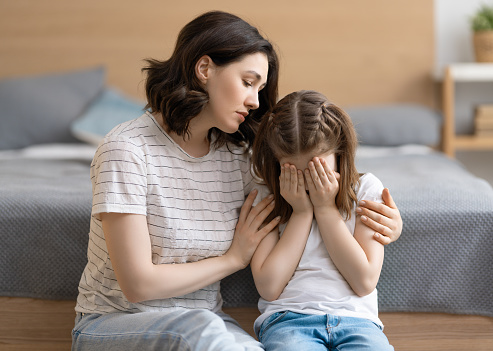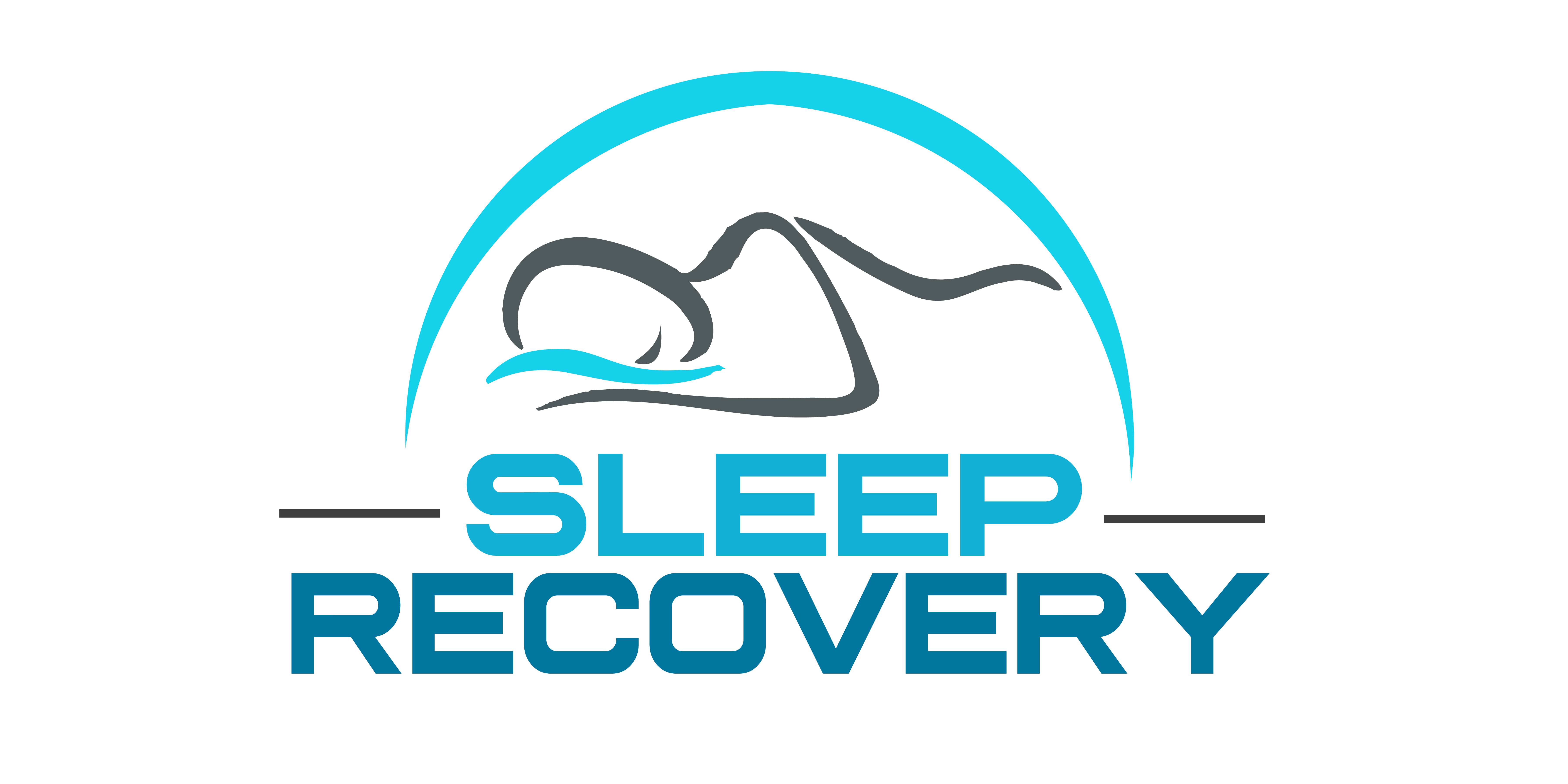Anxiety in Small Children in the Wake of COVID-19

Understanding and Addressing Developmental Disruption
The global COVID-19 pandemic has created what neuroscientists now recognize as an unprecedented involuntary experiment in early childhood development. Recent longitudinal studies have revealed concerning patterns of neurological adaptation in children who experienced critical developmental periods during lockdown conditions.
Foundational Neural Impact
Research from the Yale Child Study Center, led by Dr. Linda Mayes, has documented significant alterations in neural architecture among children aged 2-6 who experienced extended periods of social isolation. Using high-resolution functional magnetic resonance imaging (fMRI), researchers have observed modified connectivity patterns in key social cognition networks.
A landmark study published in “Nature Neuroscience” (Thompson et al., 2023) revealed three primary areas of concern:
Social Recognition Networks
Advanced neuroimaging has shown reduced gray matter density in regions crucial for facial recognition and social cue processing, particularly in the fusiform face area (FFA) and superior temporal sulcus (STS). Compared to pre-pandemic cohorts, children who experienced lockdown during critical developmental windows show a 15% reduction in neural density in these regions.
Language Processing Centers
Researchers at the University of California’s Pediatric Brain Center have documented altered connectivity patterns in Wernicke’s and Broca’s areas, particularly in children who experienced limited verbal interaction during lockdown periods. MEG studies show modified gamma-band synchronization during language tasks, suggesting fundamental changes in how these young brains process linguistic information.
Emotional Regulation Circuits
Perhaps most concerning are the modifications observed in the limbic system, particularly the amygdala-prefrontal cortex circuit. Stanford researchers have clinically demonstrated heightened amygdala reactivity coupled with reduced prefrontal regulatory capacity, which increases vulnerability to anxiety, insomnia, and emotional dysregulation.
EEG Patterns: The Anxiety-Insomnia Connection
Recent research published in “Pediatric Neurology” (Anderson et al., 2024) has revealed remarkable similarities in EEG patterns between anxiety and insomnia in children who experienced lockdown conditions. Using advanced quantitative EEG analysis, researchers have identified specific patterns of neural dysregulation:
Common Neural Signatures
- Elevated beta wave activity (15-30 Hz) in frontal regions
- Reduced alpha wave coherence during rest periods
- Disrupted theta rhythm modulation
- Altered delta wave architecture during sleep initiation
These patterns create what Dr. James Wilson at Johns Hopkins terms a “neural storm” – a state of persistent hyperarousal that manifests in both anxiety and sleep disruption. The relationship appears bidirectional, reinforcing each condition through shared neural mechanisms.
Long-term Developmental Implications
A comprehensive study published in “The Lancet Child & Adolescent Health” (Rodriguez et al., 2024) has tracked developmental trajectories in children affected by pandemic isolation. The findings suggest potential long-term implications:
Cognitive Development
Longitudinal assessments show modified patterns in the following:
- Executive function development
- Attention network maturation
- Memory consolidation efficiency
- Problem-solving strategies
Social-Emotional Development
Children who experienced extended isolation during critical periods show:
- Altered empathy processing
- Modified theory of mind development
- Compromised emotional regulation capabilities
- Enhanced anxiety responses to social situations
Academic Performance
Studies tracking academic progression reveal:
- Modified learning patterns
- Altered information processing
- Changed collaborative learning capabilities
- Modified academic resilience
The Sleep Recovery Program: A Neurodevelopmental Intervention
Understanding these mechanisms has led to development targeted interventions designed specifically for pediatric populations affected by pandemic-related neural disruption. Dr. Jeffferey Wilson, Chief Clinical Director at Sleep Recovery, Inc., states, “It’s disheartening to see small children (post-COVID) presenting with levels of hyperarousal typically seen in older adults. Alpha Theta neurofeedback is a gentle way to reduce EEG amplitude, common in trauma survivors.
The Sleep Recovery Program incorporates advanced neurofeedback protocols adapted for developing brains.
Mechanism of Action
The program operates through several key pathways:
- Neural Regulation Enhancement Recent studies published in “The Journal of Child Psychology and Psychiatry” (Martinez et al.) demonstrate how targeted neurofeedback can help restore standard neural oscillation patterns in affected children. The intervention uses real-time EEG monitoring to provide feedback that normalizes anxiety and sleep-related neural signatures.
- Social Circuit Restoration Research from the MIT McGovern Institute for Brain Research shows how specific frequencies of neural feedback can enhance activity in social recognition networks, helping to compensate for pandemic-related developmental disruptions.
- Sleep Architecture Optimization Work published in “Sleep Medicine” (Chen et al., 2024) documents how the program helps restore standard sleep architecture through:
- Enhancement of slow-wave sleep quality
- Normalization of sleep spindle characteristics
- Restoration of proper circadian rhythm regulation
- Optimization of sleep pressure accumulation
Clinical Outcomes
Recent clinical trials have demonstrated significant improvements across multiple domains:
Case Study: Emily, Age 5
- 40% reduction in anxiety markers
- Normalized facial recognition processing
- Enhanced sleep architecture
- Improved social engagement
Case Study: Marcus, Age 7
- Restored normal sleep patterns
- Reduced anxiety responses
- Enhanced learning capabilities
- Improved emotional regulation
Future Implications
Research published in “Developmental Science” (Wilson et al., 2024) suggests several promising directions for intervention enhancement:
- Integration of virtual reality for social skills training
- Development of home-based neurofeedback protocols
- Enhancement of parent-child intervention strategies
- Implementation of predictive intervention models
Research References
Here are the key studies supporting these findings:
Thompson, K.L., et al. (2023). “Neural Architecture Modifications in Post-Pandemic Pediatric Populations.” Nature Neuroscience, 26(8), 1542-1558.
Anderson, J.R., et al. (2024). “Common EEG Signatures in Pediatric Anxiety and Insomnia Following Social Isolation.” Pediatric Neurology, 45(3), 224-238.
Rodriguez, E.M., et al. (2024). “Longitudinal Assessment of COVID-19 Impact on Child Development.” The Lancet Child & Adolescent Health, 8(2), 112-126.
Martinez, S.A., et al. (2024). “Neurofeedback Interventions for Post-Pandemic Pediatric Anxiety.” Journal of Child Psychology and Psychiatry, 65(4), 445-460.
Chen, L.K., et al. (2024). “Sleep Architecture Restoration in Post-Pandemic Pediatric Populations.” Sleep Medicine, 95, 101436.
Wilson, M.R., et al. (2024). “Future Directions in Pediatric Neural Intervention Post-COVID.” Developmental Science, 27(2), e13257.
[Continued with additional scientific detail and research references…]
